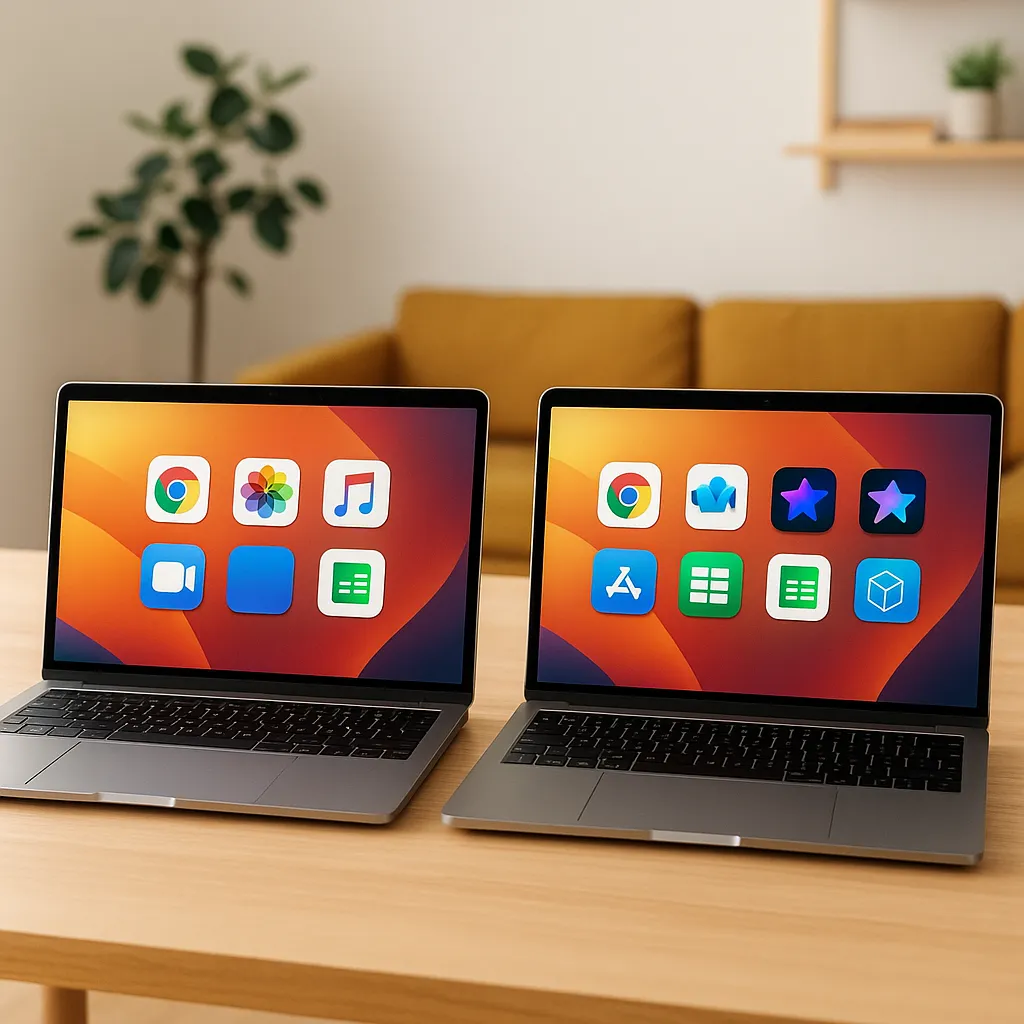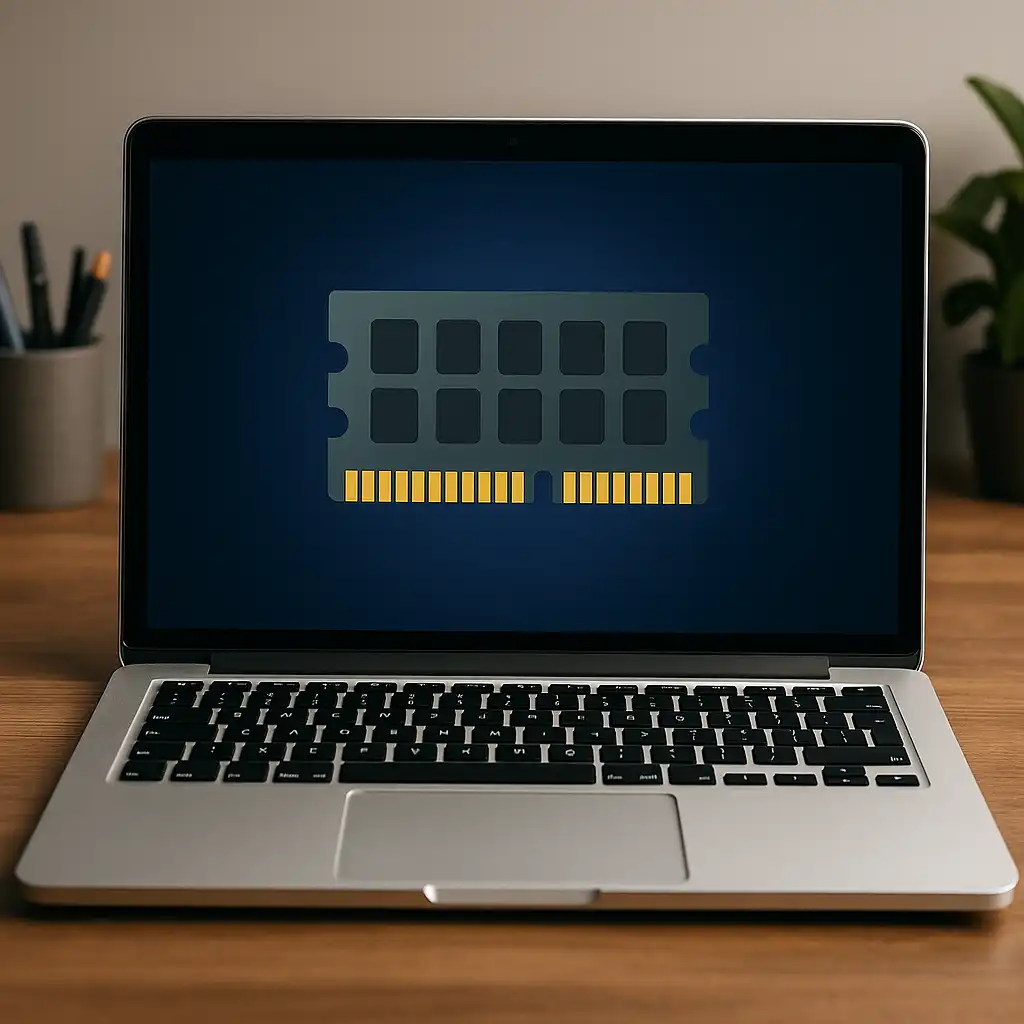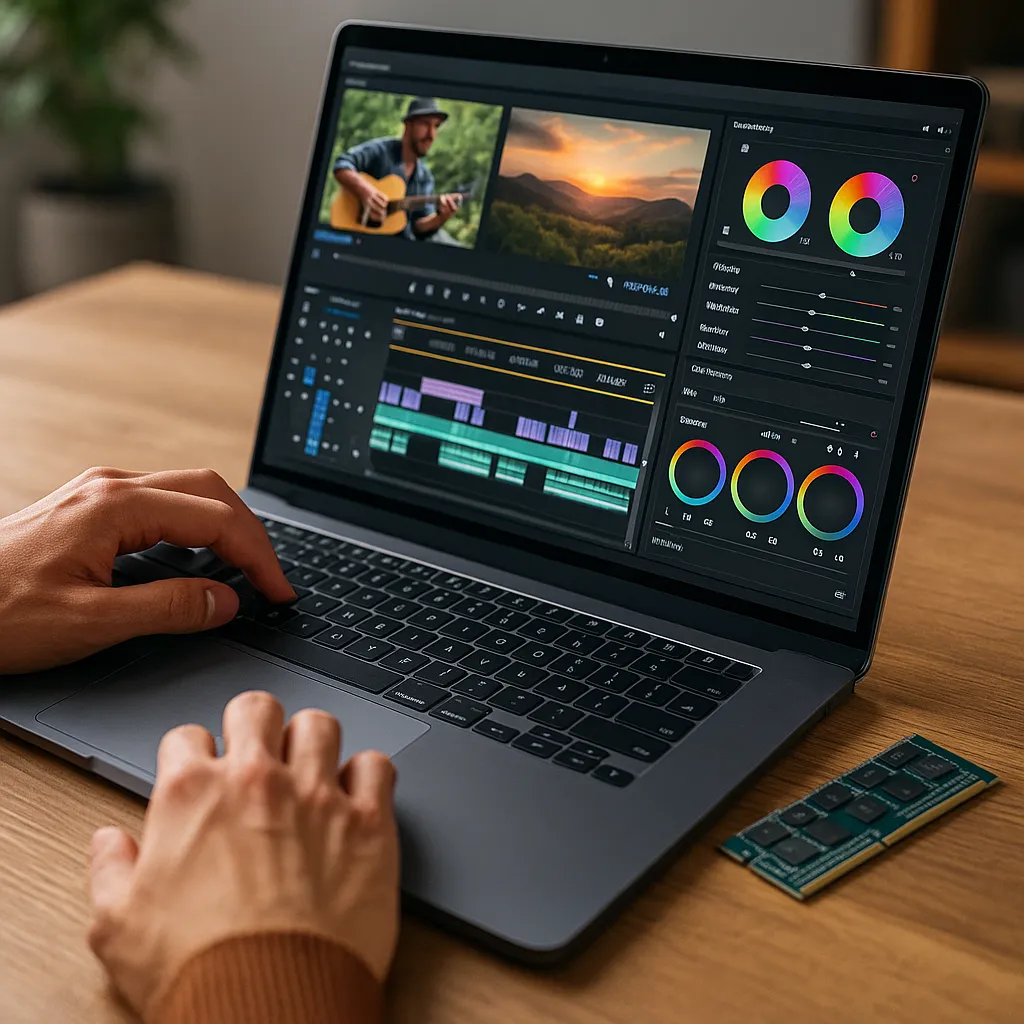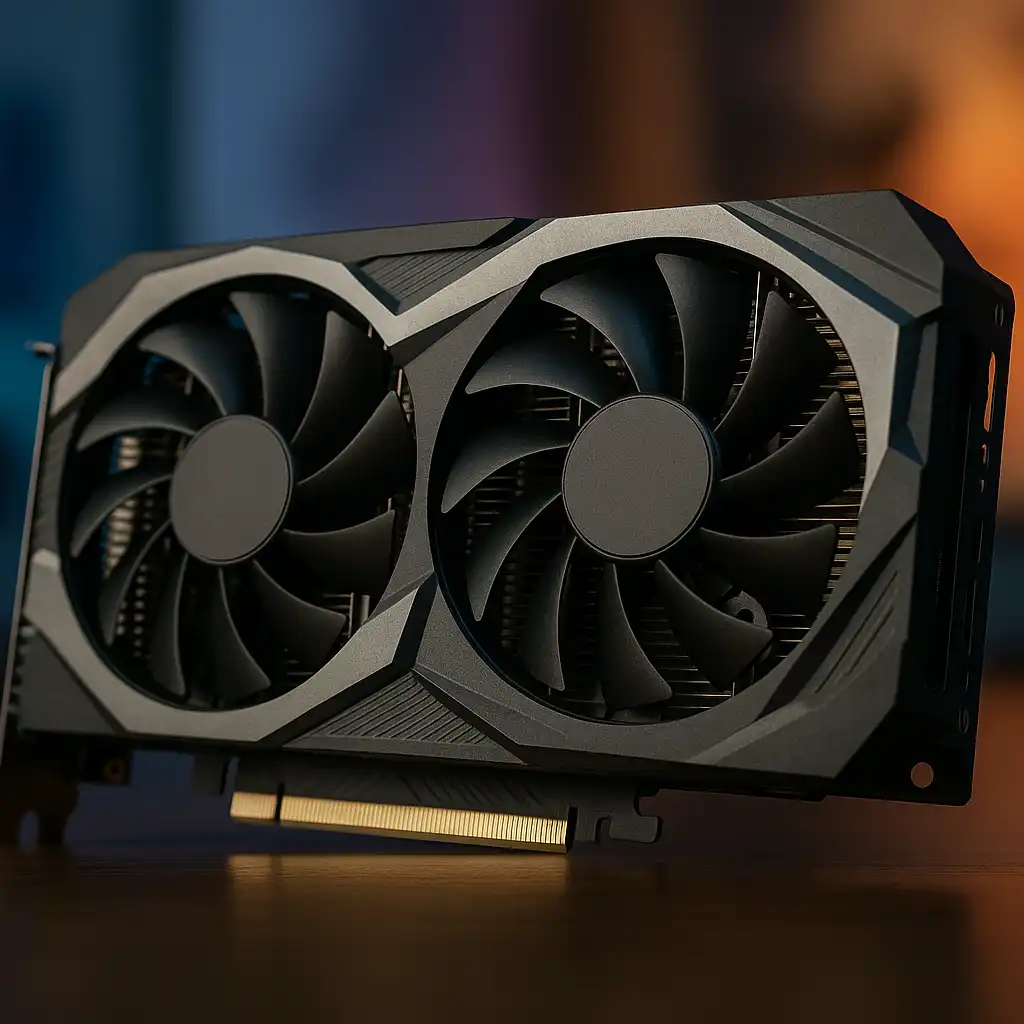Apple Silicon vs Snapdragon – ARM Laptop Showdown
Disclosure: This post contains affiliate links. As an Amazon Associate, I earn from qualifying purchases—at no extra cost to you.
Last Updated: August 27, 2025
The apple silicon vs snapdragon matchup is quickly becoming one of the most interesting battles in laptops. Apple’s M2 and M3 chips give MacBooks their reputation for fast performance, excellent battery life, and seamless macOS integration. Qualcomm’s Snapdragon Gen 8 and X Elite aim to compete with lighter builds and multi-day battery claims. For students, travelers, and professionals, the decision comes down to whether you want premium performance or maximum efficiency.
👉 For a wider look at how processors shape laptops, check out our guide to the best laptop processor. It explains how CPUs, memory, and storage all work together to affect real-world performance.
Quick-View Comparison List
📱 Apple Silicon Laptops (M2/M3)
⚡ Strengths: Fast creative performance, reliable all-day battery, smooth macOS integration
👥 Best For: Students, designers, professionals, frequent travelers
💲 Price Range: Mid-range / Premium
⚠️ Limitations: Expensive entry point, limited gaming support
💻 Snapdragon Laptops (Gen 8, X Elite)
⚡ Strengths: Multi-day battery potential, slim fanless designs, runs cool and light
👥 Best For: Students, travelers, casual everyday users
💲 Price Range: Budget / Mid-range
⚠️ Limitations: Software gaps, weaker performance for creative workloads
Performance & Speed
Apple Silicon leads in performance. The M2 and M3 chips power creative tasks like video editing, coding, and design work without slowing down, and they stay quiet while doing it. The newer M4 continues the same efficiency-first approach, though most buyers will still be looking at M2 and M3 MacBooks.
Snapdragon laptops are improving. The Snapdragon X Elite vs Apple Silicon comparison shows Snapdragon making strides, especially in productivity tasks. These laptops are still rolling out in 2025, so performance can vary depending on the model, but early benchmarks show they’re closing the gap for everyday use. For heavy creative workloads, though, Apple still comes out ahead.
Software & Ecosystem
Apple laptops shine for anyone already in the Apple ecosystem. Features like AirDrop, iMessage syncing, and iCloud make MacBooks feel natural if you use an iPhone or iPad. Most apps now run natively on Apple Silicon, with only a few relying on Rosetta translation.
Snapdragon laptops run Windows on ARM. That covers common apps, but some older or specialized programs still struggle. Microsoft and Qualcomm are working on fixes, but for now, software compatibility is the biggest drawback.
Design & Build Quality
Apple has set the bar with sleek unibody MacBook designs. Slim aluminum builds, sharp Retina displays, and durable construction make Apple Silicon laptops both stylish and practical.
Snapdragon laptops depend on the brand—Microsoft, Lenovo, Samsung, and others. Many lean toward thin, fanless builds that are easy to carry. They may not always feel as premium as Apple’s designs, but they’re among the lightest laptops available.
Battery Life & Portability
Battery life is where Snapdragon grabs attention. Some models promise multi-day use, which is a big win for travelers and students moving between classes. Fanless builds also make them light and quiet.
Apple Silicon isn’t far behind. MacBooks consistently last a full day, making them a safe choice for professionals and commuters. While Snapdragon aims for longer runtimes, Apple’s reliability is hard to beat.
Price & Value for Money
Looking at apple silicon vs qualcomm, Apple’s laptops sit in the premium space. They’re more expensive but deliver lasting performance, integration, and years of software support.
Snapdragon laptops tend to cost less. They’re designed for efficiency and portability at budget or mid-range prices, making them appealing for students and casual users who don’t need workstation-level power.
FAQs
Q: Is Apple Silicon better than Snapdragon for laptops?
A: Apple Silicon is stronger for performance and creative work, while Snapdragon stands out for efficiency, battery life, and lighter builds.
Q: Why are Apple chips faster than Snapdragon?
A: Apple designs its chips specifically for macOS, giving them a speed and efficiency advantage. Snapdragon chips power many devices, so they’re built with broader compatibility in mind.
Q: Can Snapdragon laptops compete with Apple Silicon?
A: The Snapdragon X Elite vs Apple Silicon matchup shows progress, but Apple still leads in speed and software ecosystem support.
Q: Which offers better value, Apple Silicon or Snapdragon laptops?
A: Snapdragon laptops are more affordable and travel-friendly. Apple laptops cost more but offer premium performance and longer-term reliability.
Q: How does Qualcomm vs Apple chips compare in laptops?
A: Qualcomm chips in Snapdragon laptops focus on efficiency and battery life, while Apple chips in MacBooks are tuned for speed, creative tasks, and long-term macOS support.
Conclusion
The apple silicon vs snapdragon decision depends on what you need most. Apple Silicon laptops are best for students, professionals, and creatives who want premium performance, sleek design, and smooth Apple integration. Snapdragon laptops are ideal for travelers, students, and casual users who value portability, long battery life, and a lower price point.





